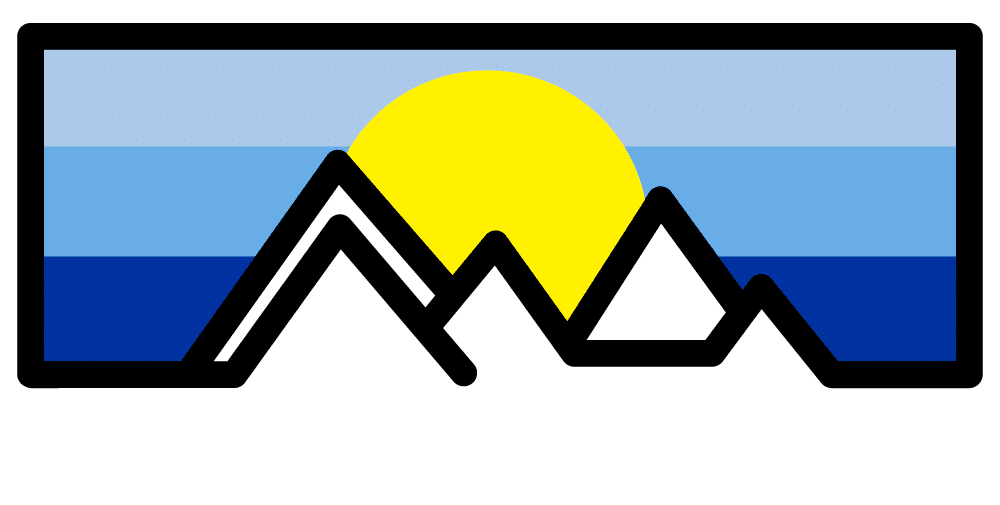Braces are often synonymous with straightening teeth, but their role extends far beyond aligning your smile. One of the most common questions young adults, teens, and parents often have is, “Do braces change your jaw?”.
The answer is more complex than a simple yes or no.
Let’s explore how braces impact your jaw’s alignment, function, and overall health.
The Purpose of Braces and Their Impact on Jaw Alignment
At their core, braces correct bite issues and align teeth, but these changes can also subtly influence the position of your jaw. When your teeth are moved to their ideal positions, your jaw follows suit to create a balanced alignment.
The result? Improved functionality, better aesthetics, and even a boost in self-confidence.
How Jaw Changes Occur
Orthodontic treatment works by applying consistent pressure on teeth, allowing for controlled movement within the jawbone. Over time, this can correct structural misalignments such as overbites, underbites, crossbites, and open bites, which often stem from jaw positioning issues.
For teens and young adults, whose jaws are still developing, braces can guide proper jaw growth and alignment to prevent future complications.
For adults, braces can still influence minor jaw adjustments to improve bite and functionality.
Types of Braces and Their Effects on the Jawline
Not every patient experiences the same jaw changes with braces, as different types of braces interact with your teeth and jaw differently.
- Traditional Metal Braces: These are highly effective in correcting severe bite and jaw issues. The metal brackets and wires exert consistent pressure, often coupled with additional orthodontic appliances like elastics to guide jaw movement.
- Clear Ceramic Braces: Like traditional braces but less visible, ceramic braces work similarly to influence jaw alignment while maintaining a discreet appearance—a popular choice among older teens and young adults.
- Invisible Aligners (e.g., Invisalign®): While Invisalign aligners are excellent for minor alignment and jaw adjustments, they may not be as effective as traditional braces for complex jaw issues.
The Role of Early Orthodontic Evaluation in Jaw Development
According to the American Association of Orthodontists, it’s recommended that children see an orthodontist by age 7. Early evaluation allows orthodontists to catch jaw issues in their developmental stage, making treatment easier and more effective.
Interceptive orthodontic treatment, such as palate expanders or functional appliances, can be used to:
- Create room for crowded teeth.
- Influence jaw growth to correct asymmetries.
- Reduce the risk of trauma to protruding teeth.
This proactive approach minimizes the likelihood of severe jaw misalignments later in life.
Invisalign vs. Traditional Braces for Jaw Changes
When comparing Invisalign and traditional braces, it’s essential to consider the treatment goals.
Traditional Braces:
- Ideal for complex bite and jaw issues.
- Can incorporate additional appliances like elastics or expanders.
- Offers more control for precise movements.
Invisalign Aligners:
- Best for mild to moderate alignment or bite corrections.
- More comfortable and less invasive.
- Convenient for teens and adults who prefer a nearly invisible option.
If jaw changes are a primary goal, traditional braces may offer more robust solutions, especially for significant adjustments.
Retainer Care and Post-Braces Jaw Maintenance
Your orthodontic treatment doesn’t end when the braces come off. Retainers play a critical role in maintaining your newly aligned teeth and jaw position. Without a retainer, your teeth and jaw may gradually shift back to their original positions.
Here are some tips for retainer care:
- Wear as directed by your orthodontist, especially during the first year post-treatment.
- Clean your retainer daily to prevent plaque buildup.
- Store properly to avoid damage when not in use.
Routine follow-ups with your orthodontist ensure your jaw remains in its optimal position.
Common Concerns About Jaw Changes with Braces
It’s normal to have questions and concerns about how braces might affect your jaw. Here are answers to some of the most common worries.
Q: Does brace change your jawline?
A: As mentioned earlier, braces primarily work to align teeth and correct bite issues. While they may subtly influence jaw position, the changes in jawline are typically minimal and may not be noticeable to others.
Q: Will Braces Make My Jawline More Defined?
A: Braces’ primary focus is on aligning your teeth and correcting bite issues, which can contribute to more facial symmetry. While they may slightly influence the appearance of your jawline, the changes are subtle.
Q: Are Jaw Pains Normal During Treatment?
A: Mild discomfort, especially in the initial stages, is common as your teeth and jaw begin to adjust. This typically subsides as your mouth gets used to the braces. If jaw pain persists, consult your orthodontist.
Q: Can Braces Fix TMJ Issues?
A: Yes, braces can alleviate some TMJ (temporomandibular joint) issues caused by misaligned bites. By improving your bite, braces can reduce stress on the jaw joint.
The Importance of Braces for Jaw Health and Confidence
For those wondering, “does brace change your jaw?” the answer depends on the severity of the misalignment and the type of treatment, but these changes are typically positive and contribute to overall oral health. Trusting a qualified orthodontist and following their guidance ensures the best outcomes for a healthy jaw and a beautiful, confident smile.
At Fowler Orthodontics, we specialize in creating personalized treatment plans tailored to your needs. Our expert team offers a full range of orthodontic options, including traditional braces and Invisalign, to help you achieve a healthy, aligned smile.
Now that you know whether ? Schedule a free consultation with Dr. Fowler today to explore your options. Together, we’ll create a treatment plan that fits your goals and lifestyle.
Table of Contents



